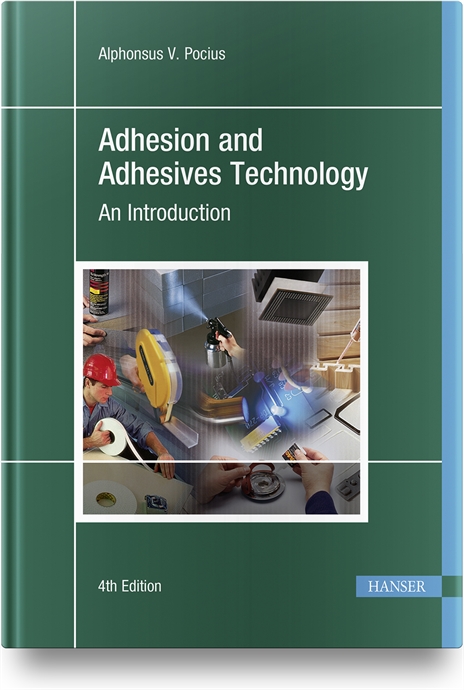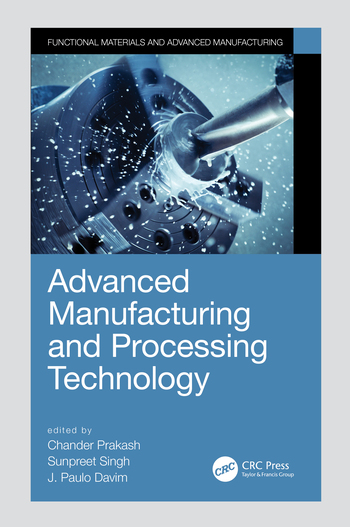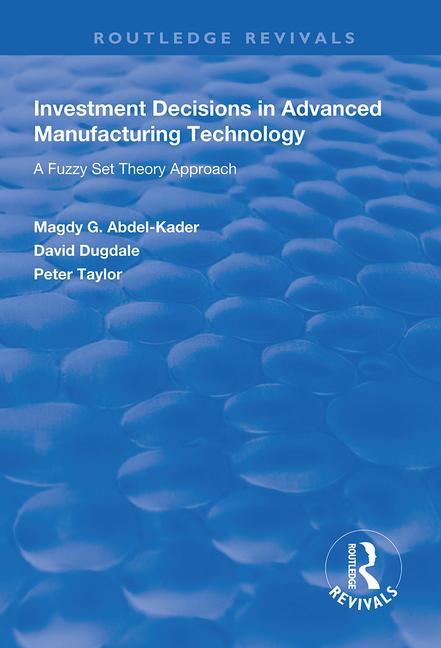Engineers at General Motors Corp. (Detroit) have developed innovative technology that is enabling the automaker to reduce changeover costs, improve quality and respond quickly to customers' changing needs.
"We are driving innovation into our manufacturing operations with highly flexible technologies that can perform multiple functions and identify opportunities to improve quality," says Larry Burns, vice president of research, development and planning. "These manufacturing tools and systems will enable [us] to save millions of dollars in our body assembly and machining operations."
Traditionally, GM's machining operations have been designed to process one specific product, because the fixtures that hold parts could not accommodate more than one application at a time.
According to Steve Holland, director of GM's Manufacturing Systems Research Lab, the new agile machining fixture has "a unique flexible design." He claims that it is an industry first, because the fixture can be easily reconfigured to machine multiple product designs in a matter of minutes vs. several months--the time it can take to change to a new fixture.
The agile machining fixture will be installed in a low-volume application within a GM powertrain plant in the first quarter of 2005. Holland says it will help maximize capacity utilization and enable more efficient product changeovers.
"With this agile fixturing concept, we can now run different engine or transmission families across common machining lines," adds John Schweikert, executive director of manufacturing engineering at GM's powertrain division. For example, 4-, 6- and 8-cylinder engine parts can be run on the same machine. "As the concept continues to pass validation testing, we will identify additional applications in our powertrain plants," says Schweikert.
A computer-based vision system recently developed by GM engineers is helping employees in the company's body assembly plants quickly diagnose issues and ensure quality. The video variance monitor uses a video camera to capture part cycles and transfers the digital images to a computer. Then, with developed software in-house, engineers and toolmakers can visualize the entire sequence frame by frame to find the root cause of the variation.
"We use this technology on operations where it is difficult to see with the naked eye what is causing the problem," explains Gene Morrison, dimensional engineering manager at GM's Flint Truck Assembly plant. "The technology has helped us to take a lot of time out of resolving quality issues." Another GM innovation, a variation reduction adviser, is a Web-based software tool that helps assemblers resolve quality issues. It is being used in 11 GM body shops in the United States, Mexico and Canada, saving up to $15 million a year.
Employees can view and analyze body shop operations and share problem-solving data on various parts and operations--within the building and across other GM assembly plants. When a new problem occurs, assemblers can conduct a search to learn if the issue has occurred before and how it was addressed. When a new issue is solved, the problem and its solution are logged for future use. All shifts across all 11 assembly plants can share each other's solutions.
"We use the VR adviser in our daily routine to effectively communicate, look for opportunities to improve quality, and check for potential quality issues on parts that we have common with other plants," says Dan Rach, a manufacturing engineer at the Flint Truck Assembly plant.
There are hundreds of manufacturing operations, dimensional tolerance issues and fit operations that the body shop needs to monitor to ensure the quality of each Chevrolet Silverado and GMC Sierra pick-up truck built in the facility. "Before, we had to rely on the telephone or log books to keep track of quality solutions or new tooling ideas for various parts," says Rach.
"The use of agile manufacturing tools and systems will enable [us] to reshape our manufacturing operations, and enhance our ability to respond to the radical changes taking place [that are] driven by an extremely competitive global marketplace," concludes Burns.


